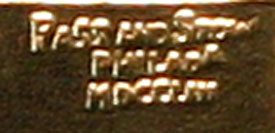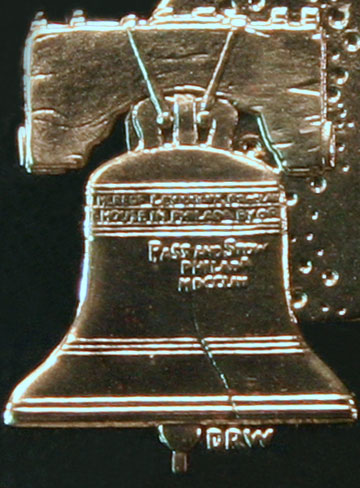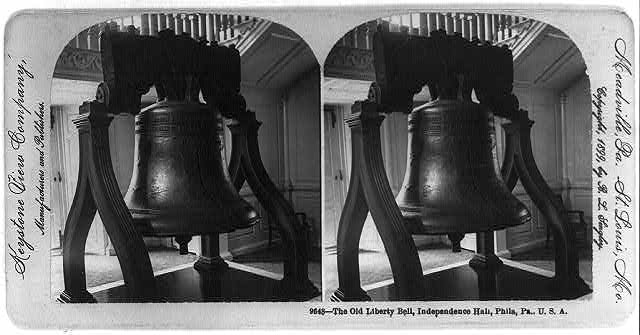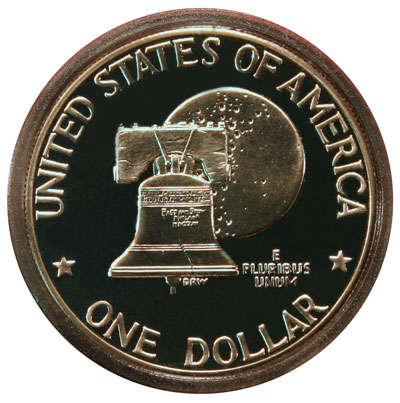Do you know who or what Pass and Stow are?
Why are Pass and Stow even mentioned on a coin site?
Take a look:
The characters are somewhat difficult to read, but they say:
PASS AND STOW
PHILADA (The final “A” is above the other letters, almost like a superscript character.)
MDCCLIII
Still not sure? Here’s a slightly larger picture from the coin:
Or, this picture from the Library of Congress shows the real bell:
The Library of Congress has more pictures showing other details:
Old Liberty Bell – Detroit Publishing Company
Liberty Bell – Independence Hall, Philadelphia, PA
OK, so the PHILADA equals Philadelphia and the MDCCLIII equals the year, 1753.
Who or what are PASS AND STOW?
Back in 1751, the Pennsylvania Assembly wanted a bell tower for their State House. The first bell they hung in the new steeple could not be heard throughout Philadelphia. As a result, the head of the Assembly sent a letter to London asking for a new bell weighing “about 2000 pounds.”
The bell was commissioned to an expert founder in England in November of 1751. The founder completed the bell, loaded it on a ship bound for America. The new bell arrived in Philadelphia in August 1752.
Before putting the “about 2000 pounds” bell in the tower, it was set up in Independence Square for a test. While being set up, the clapper hit the bell which immediately broke before it could ever be tested.
The Philadelphia Assembly commissioned two local founders named John Pass and John Stow to melt and recast the bell with a stronger composition.
They recast the bell, and in March 1953, the new bell hung in the State House tower. The people of Philadelphia disliked the sound of the new bell so much that the bell was removed from the tower and recast. Though many still did not like the sound of the recast bell, the bell was not melted and recast again.
As for the crack in the Pass and Stow bell, different stories exist to explain when and how it cracked. No one of this era knows for sure which story is correct.
More information can be found on the National Park Service’s web site: Independence Hall – Liberty Bell Center.
Of course, the Liberty Bell can be found on the reverse of the Franklin half dollar, but the US Mint’s earlier dies did not give as much detail as seen on the above coin.
Here is the full reverse of the bicentennial Eisenhower dollar with the Liberty Bell in front of an image of the moon:
Now you know who PASS AND STOW are and that they can be found on the Eisenhower dollar and to a less discernible degree on the Franklin half dollar.



